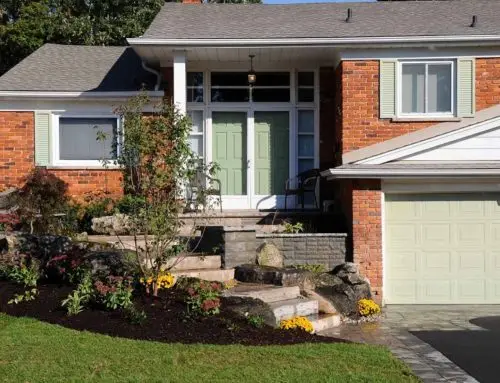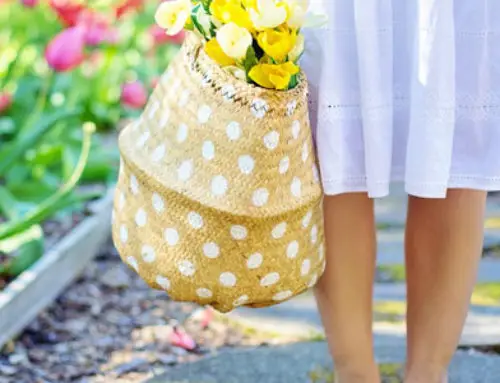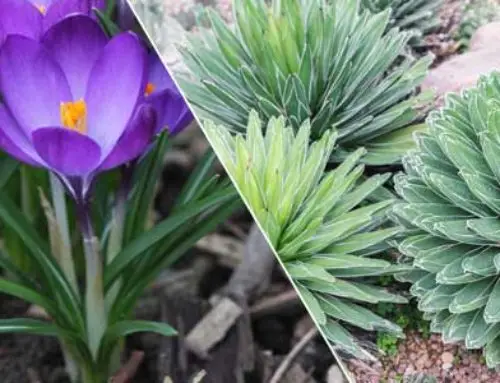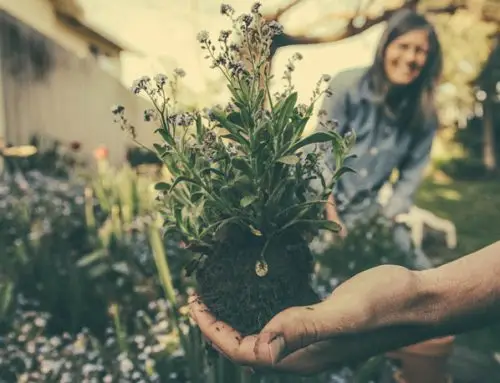Landscape design is very popular with most homeowners and the foundation of any successful gardening plan. Several studies have shown that properly done landscaping can increase your home’s value by improving your home’s curb appeal. Successful landscape design incorporates a number of elements that are interconnected. They are unity, scale, balance, simplicity, variety and emphasis.
The Challenges of Plants
Plants are one of the most important features in landscape design and their functional use is a new approach to how landscapes are created. Traditionally, plants have been used to simply beautify gardens because of their aesthetic qualities, but the functional use of plants can perform other purposes in the landscape as well. Landscaping with plants allows for the development of a practical and pleasing outdoor living space. From a design perspective, plant selection and placement can prevent common problems associated with landscapes from occurring and helps to reduce maintenance requirements.
The concept of the right plant in the right place embodies the art and science of landscaping your gardens, but deciding which plants to use can be a challenge. There are other considerations for you to think about than simply choosing plants you find the most attractive. Landscape plantings should be selected as a reflection of the style of your home and garden. The fundamental concept of choosing plants necessitates that you consider your location and the maintenance requirements of your selection. This requirement may take a little time for your particular property, but worth the effort in the long run.
Selecting Plants for your Backyard
Additionally, you have to select plants that are suitable for your environmental conditions, like whether your locale is sun/shade or dry/rainy weather. Fulfilling this notion requires a bit of knowledge on your part regarding the plant and its site characteristics, including growing requirements, function, and aesthetics. You should think about what you want the plants to do for your home, whether it’s to provide colour, shade or privacy. Successful planting design is more often than not a compromise between the science of growing plants and your desire to create an artistic expression on your property.
Plants create a visually attractive environment, provide structure to the surroundings and help to define spaces in the yard. They have a function and purpose for their use and they can transform the property. By using similar landscape features such as repeating the same type of plant, this technique pulls the eye around the garden. Plants can display important points along the way that draws attention and encourages movement in a particular direction. It takes a person from one area of the path to another and allows the user to have a variety of visual and appealing experiences.
Controlling Noise with Plants
Plants are utilitarian and provide comfort for the user by light modification, seasonal temperature and humidity. When they are planted in appropriate locations, plants can control noise and offer a habitat and safe haven for birds, butterflies and other wildlife. Plants can also yield herbs and other sustenance for homeowners, which make them ideal for adding to any landscape design.
Plants come in a wide variety and they’re packaged in many ways. The qualities of the species are diverse and their aesthetic merits are derived from the habit or shape of the plant, whether its greenery, flowers, fruit or bark. The combinations of different plant forms can be inspirational for landscaping, resulting in creative and artistic displays.
Plants can anchor your landscape and soften the look of your property when they are strategically placed. They can be designed to form walls or canopies for privacy or floors of colour depending on the architectural layout. When thinking about your landscape design, incorporating plants throughout will not only enhance your property, it will make your environment visually more inviting.





